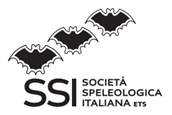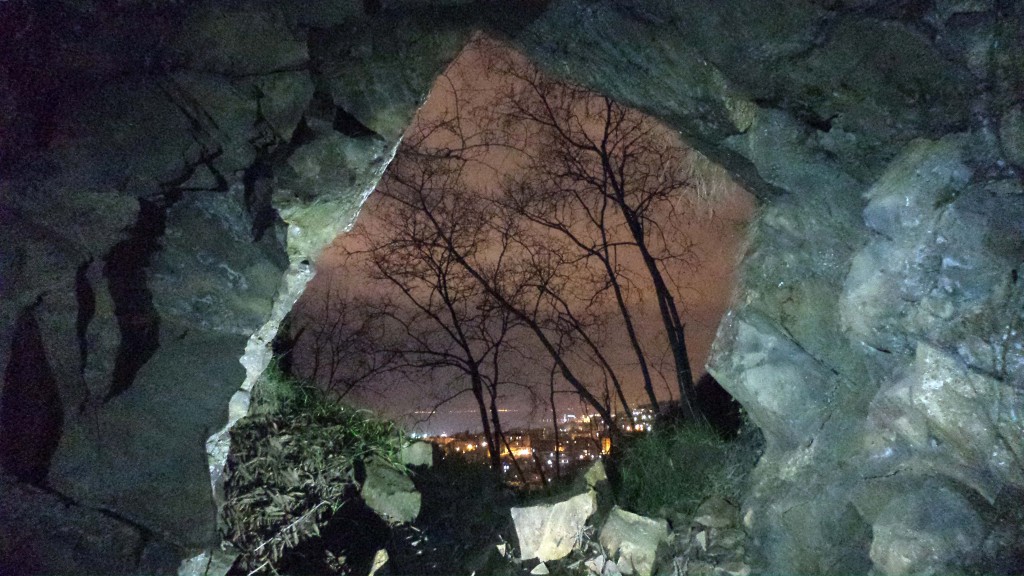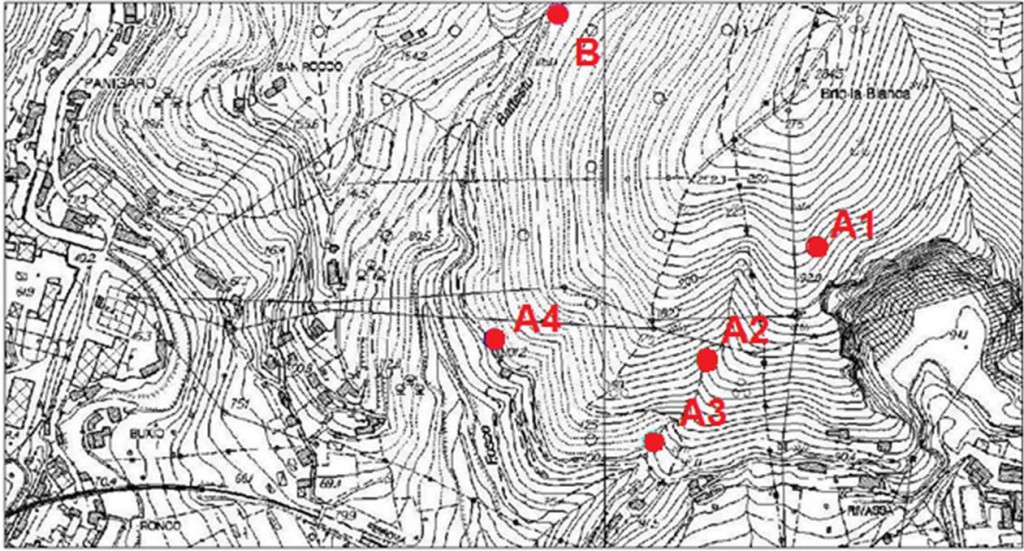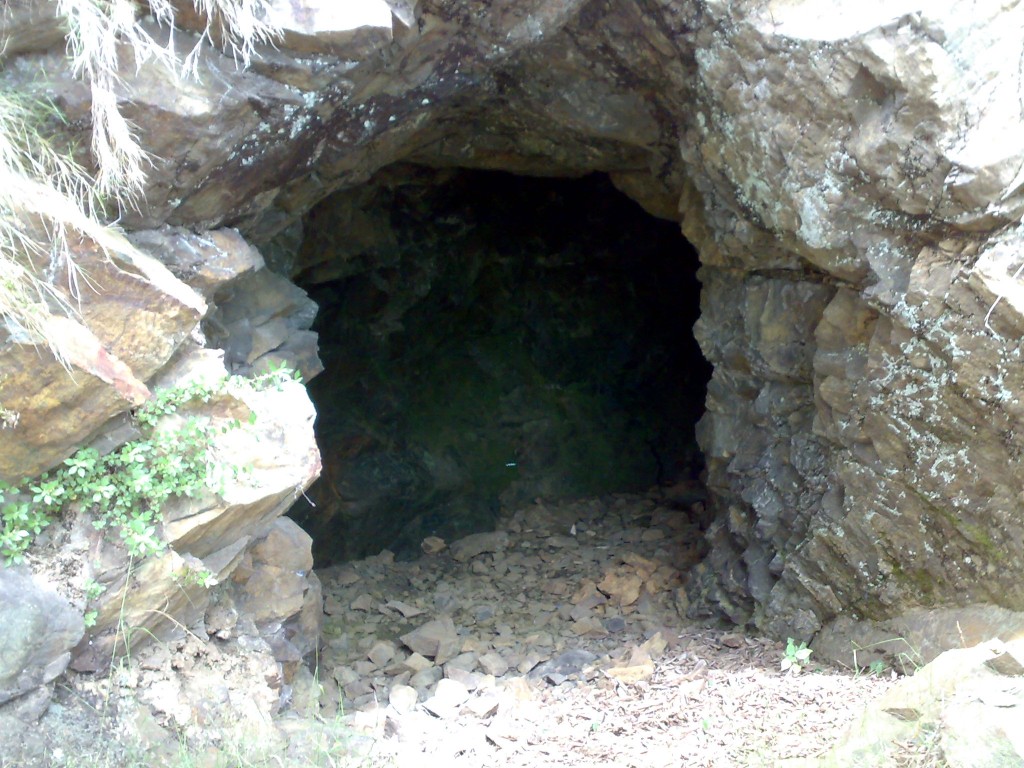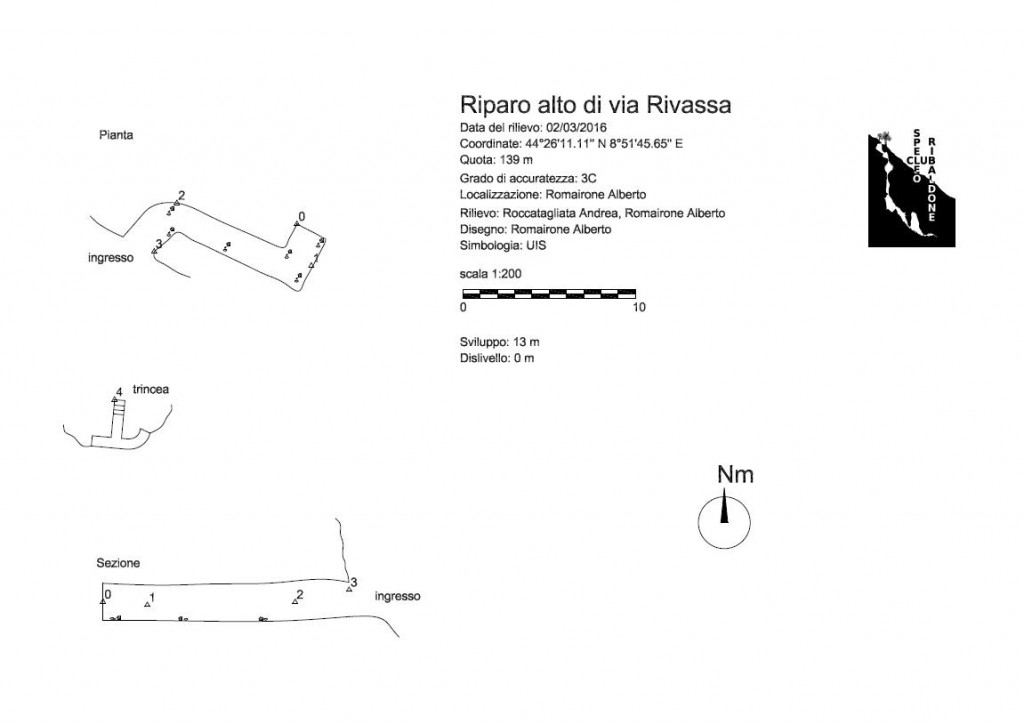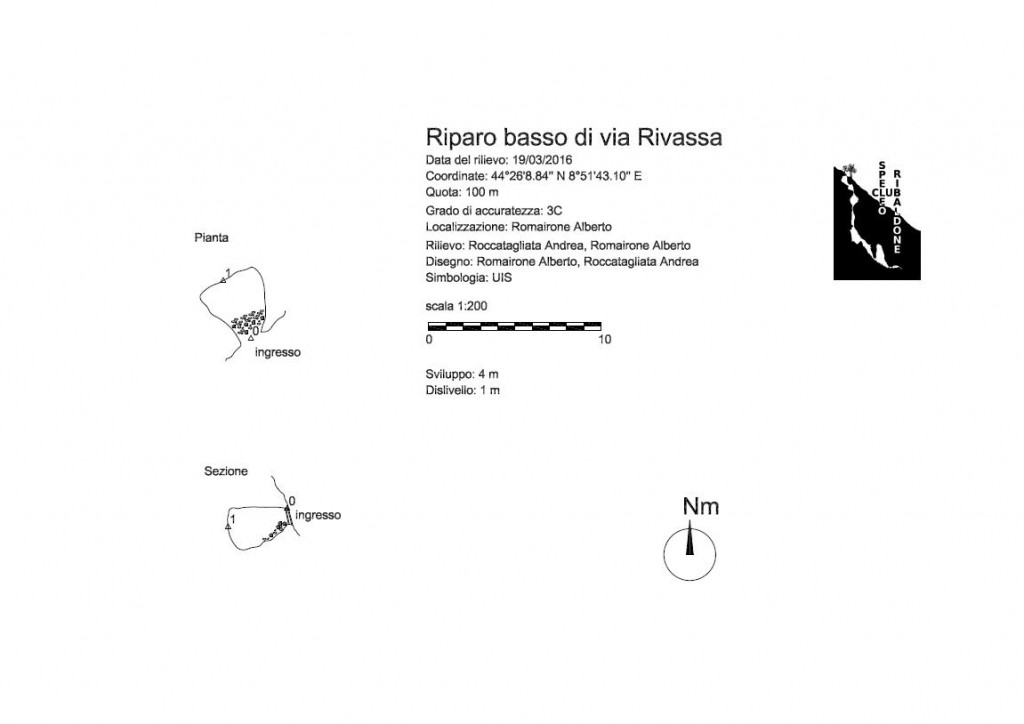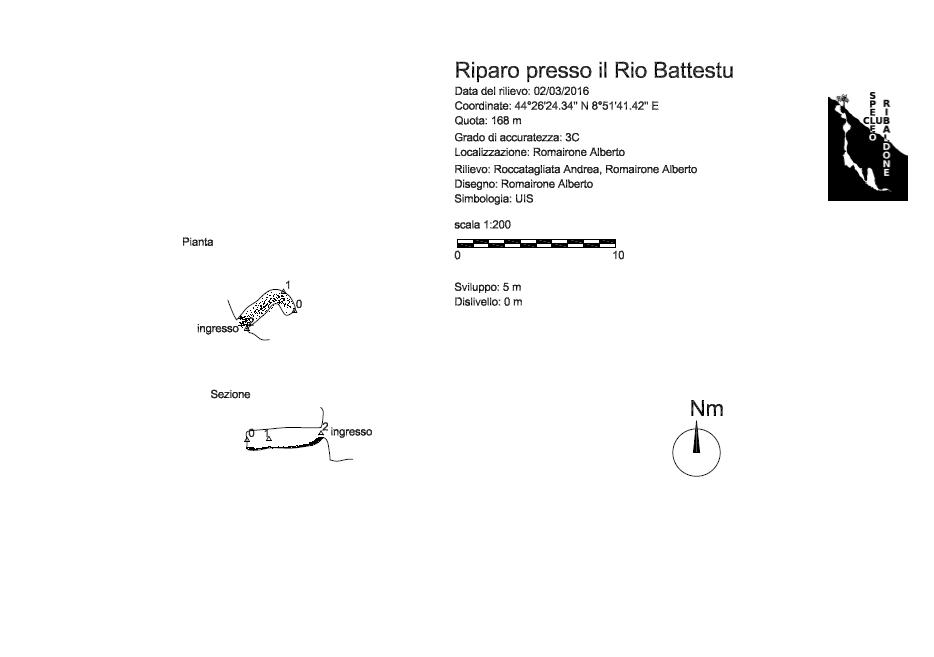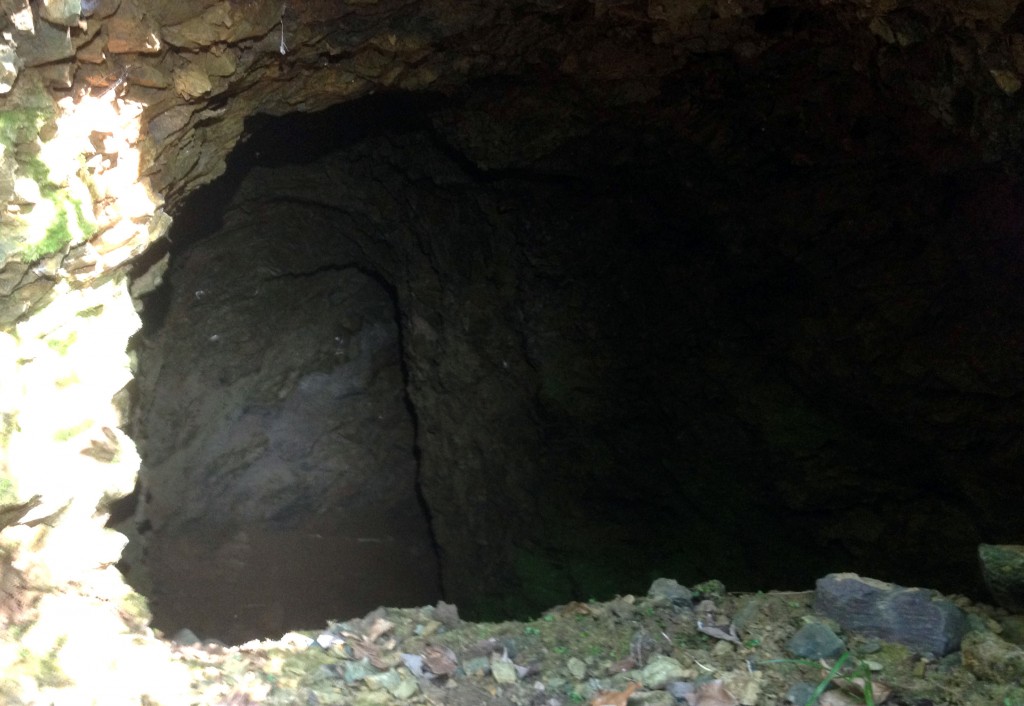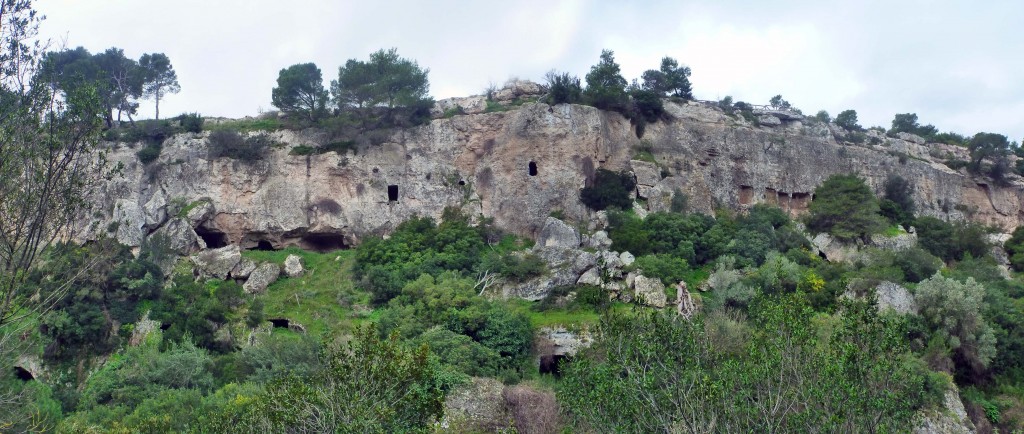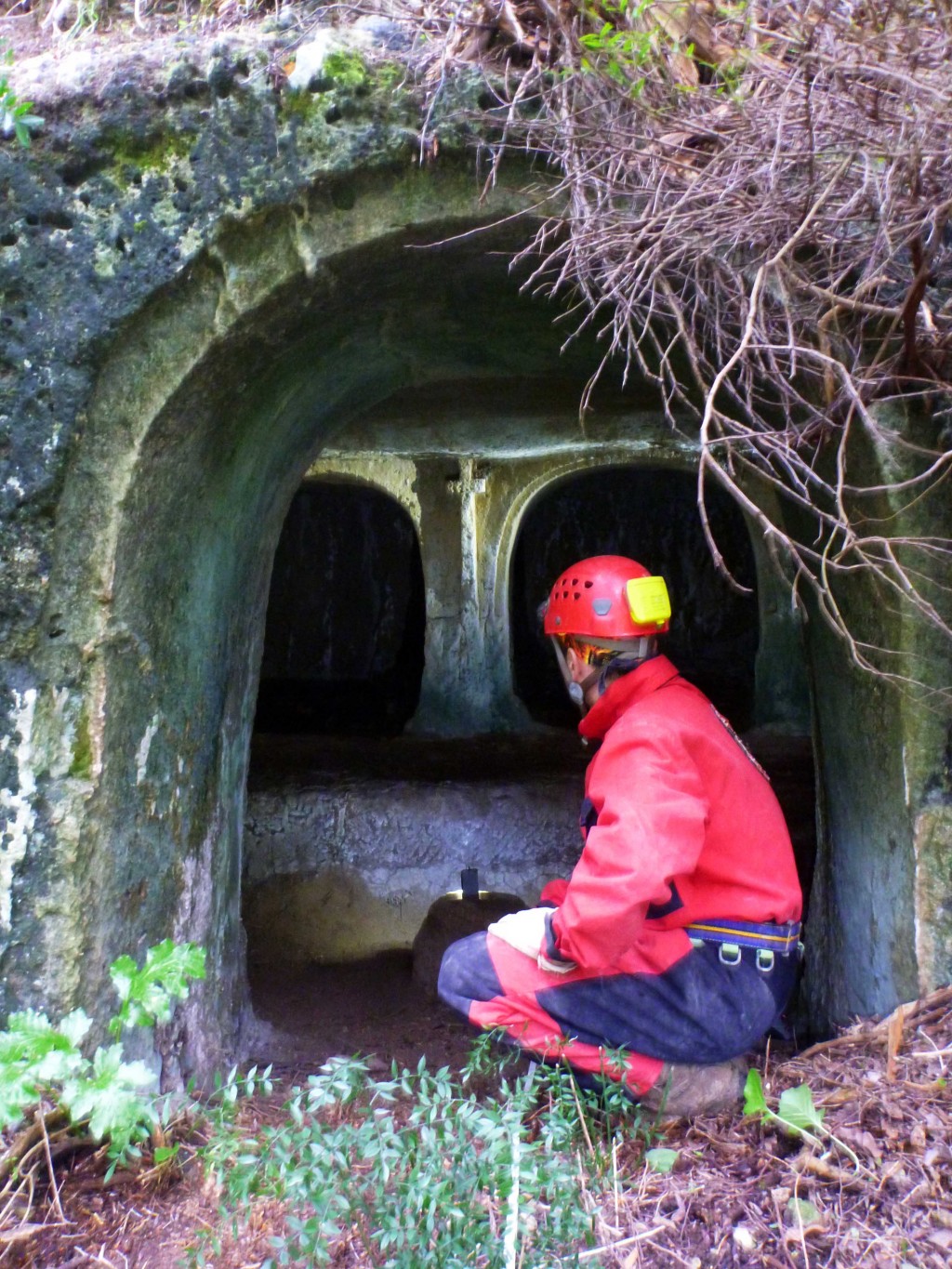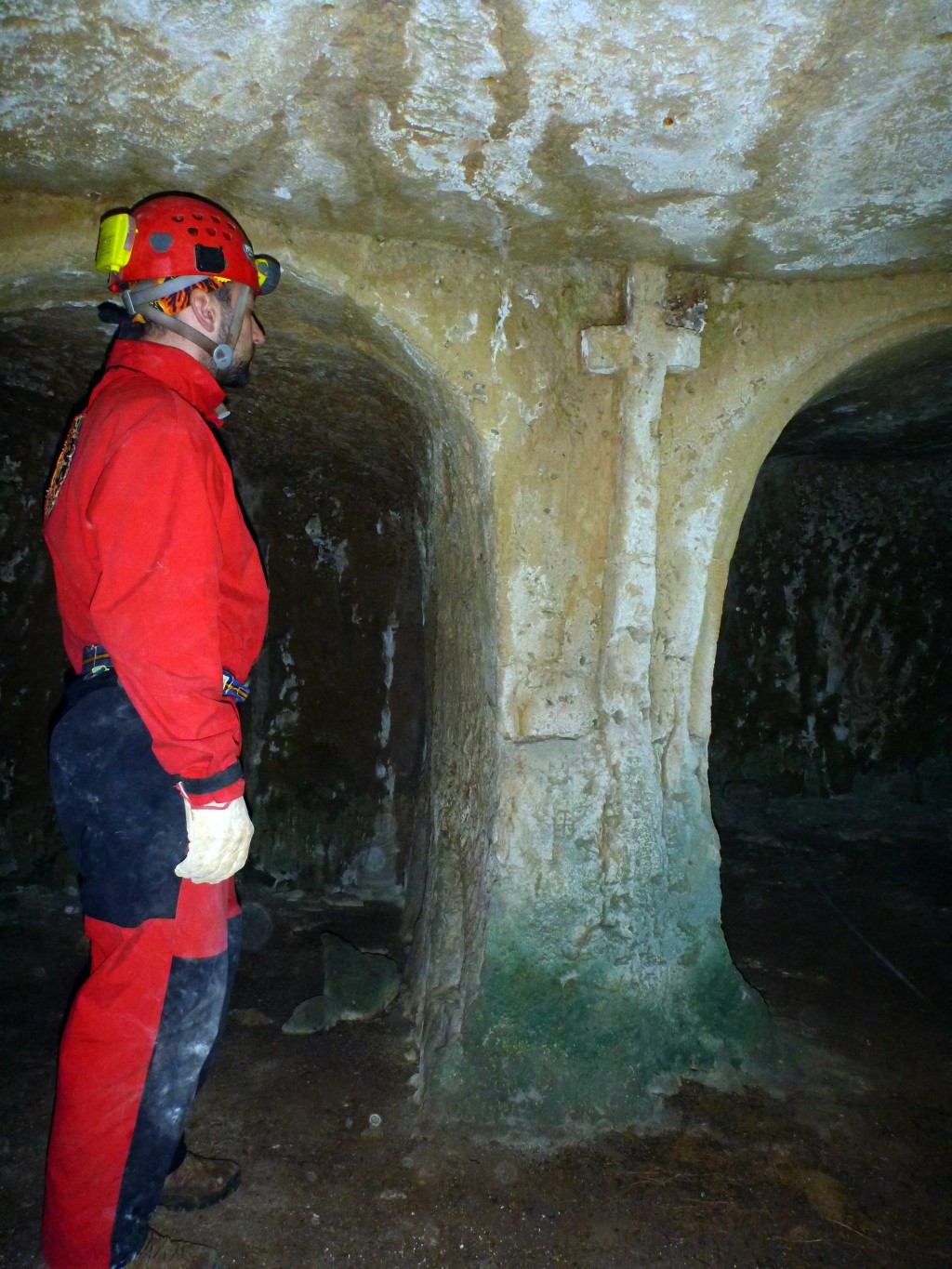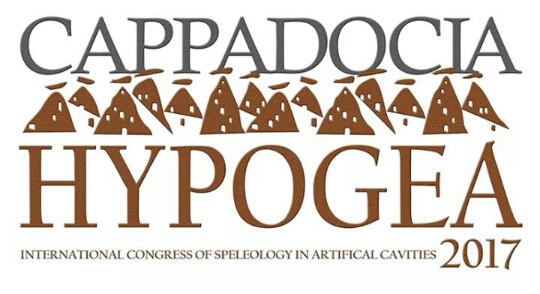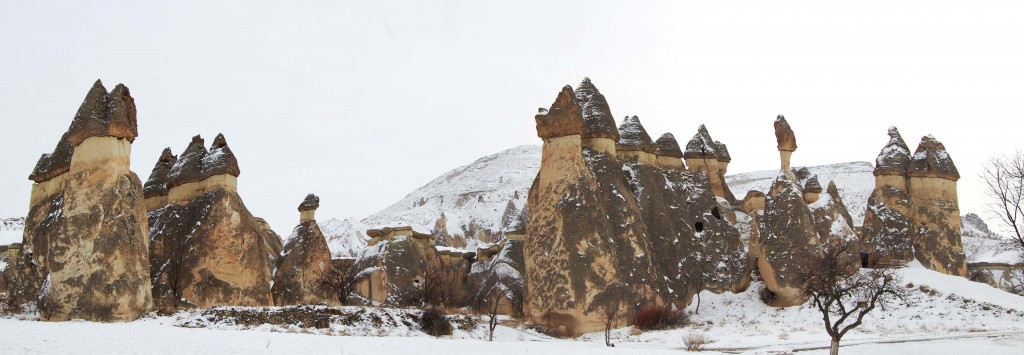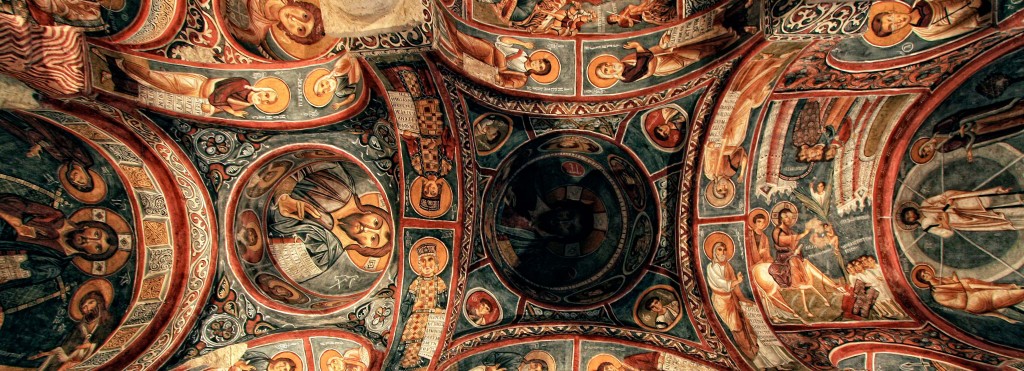Tag: speleologia in cavità artificiali
IX Convegno Nazionale di Speleologia in Cavità Artificiali – Modalità telematica (Palermo) 20 Marzo 2020
Siamo spiacenti di comunicare che, a causa delle restrizioni imposte dal DPCM 1 Marzo 2020 “Ulteriori disposizioni attuative del decreto-legge 23 febbraio 2020, n. 6, recante misure urgenti in materia di contenimento e gestione dell’emergenza epidemiologica da COVID-19”, con particolare riferimento all’utilizzo di strutture pubbliche per eventi di tipo assembleare ed alla restrizione dei contatti tra i dipendenti delle pubbliche amministrazioni ed il pubblico esterno, sono venute meno le condizioni per garantire lo svolgimento in presenza del convegno in oggetto, che si svolgerà il giorno 20 Marzo in forma telematica.
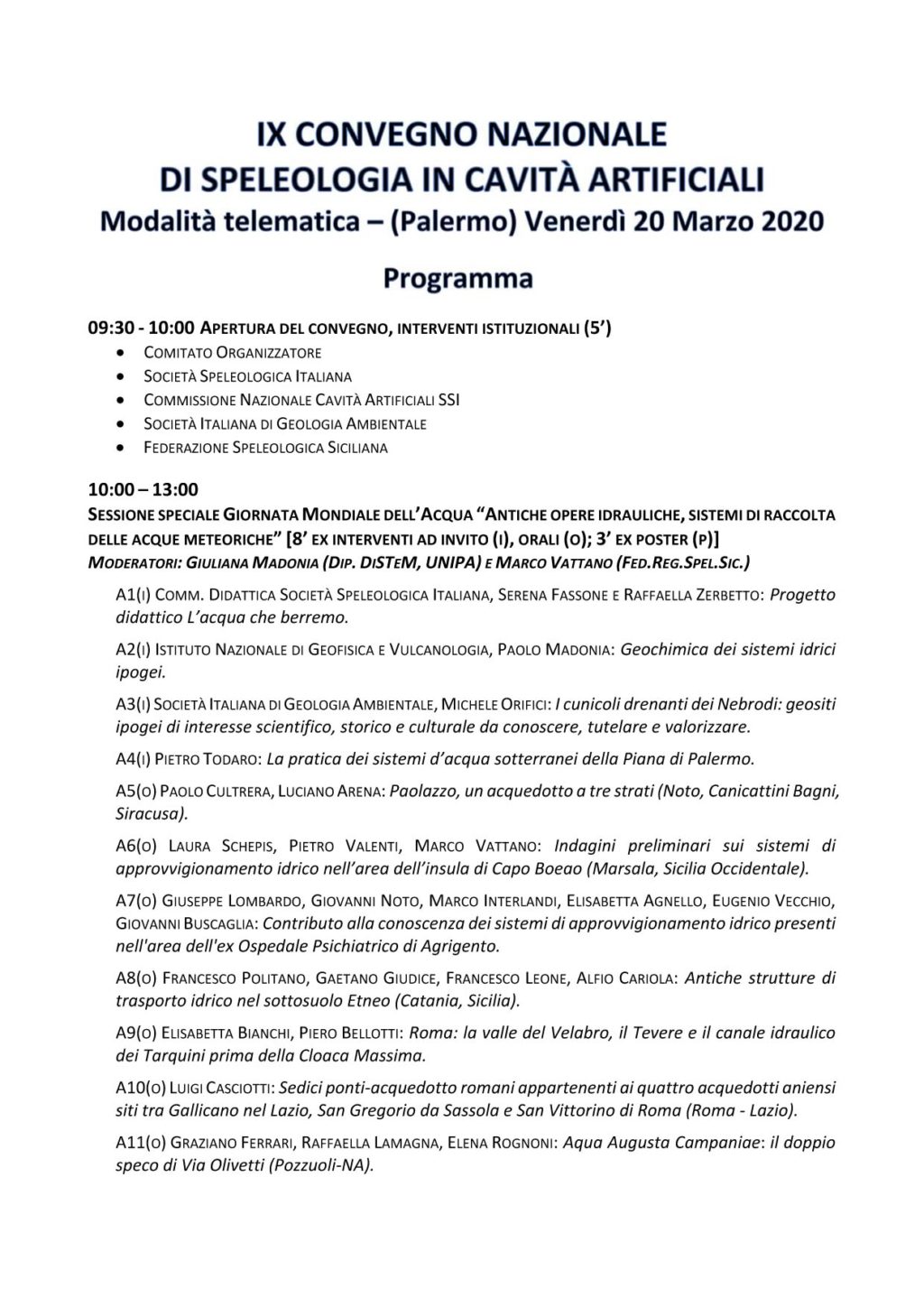
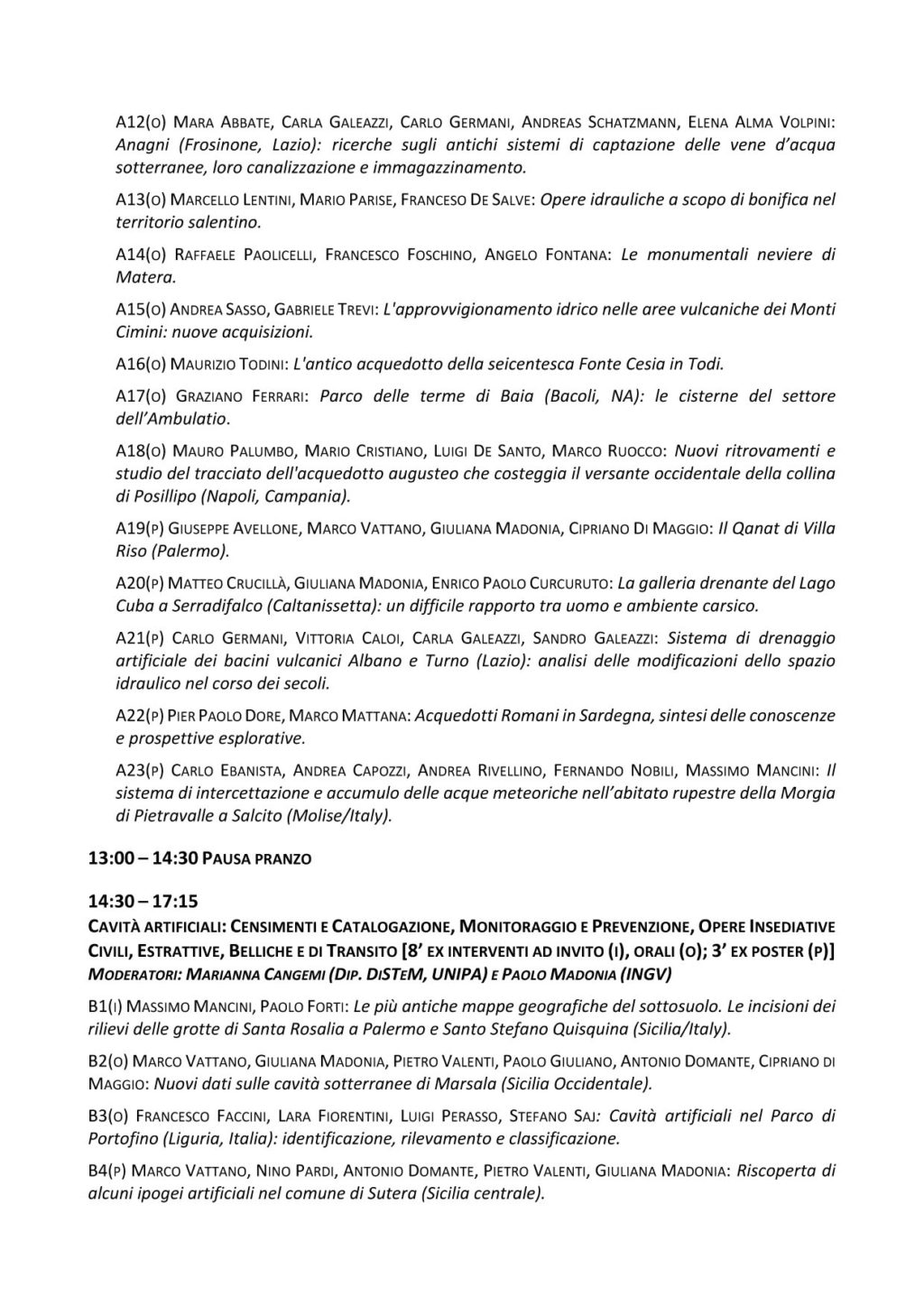
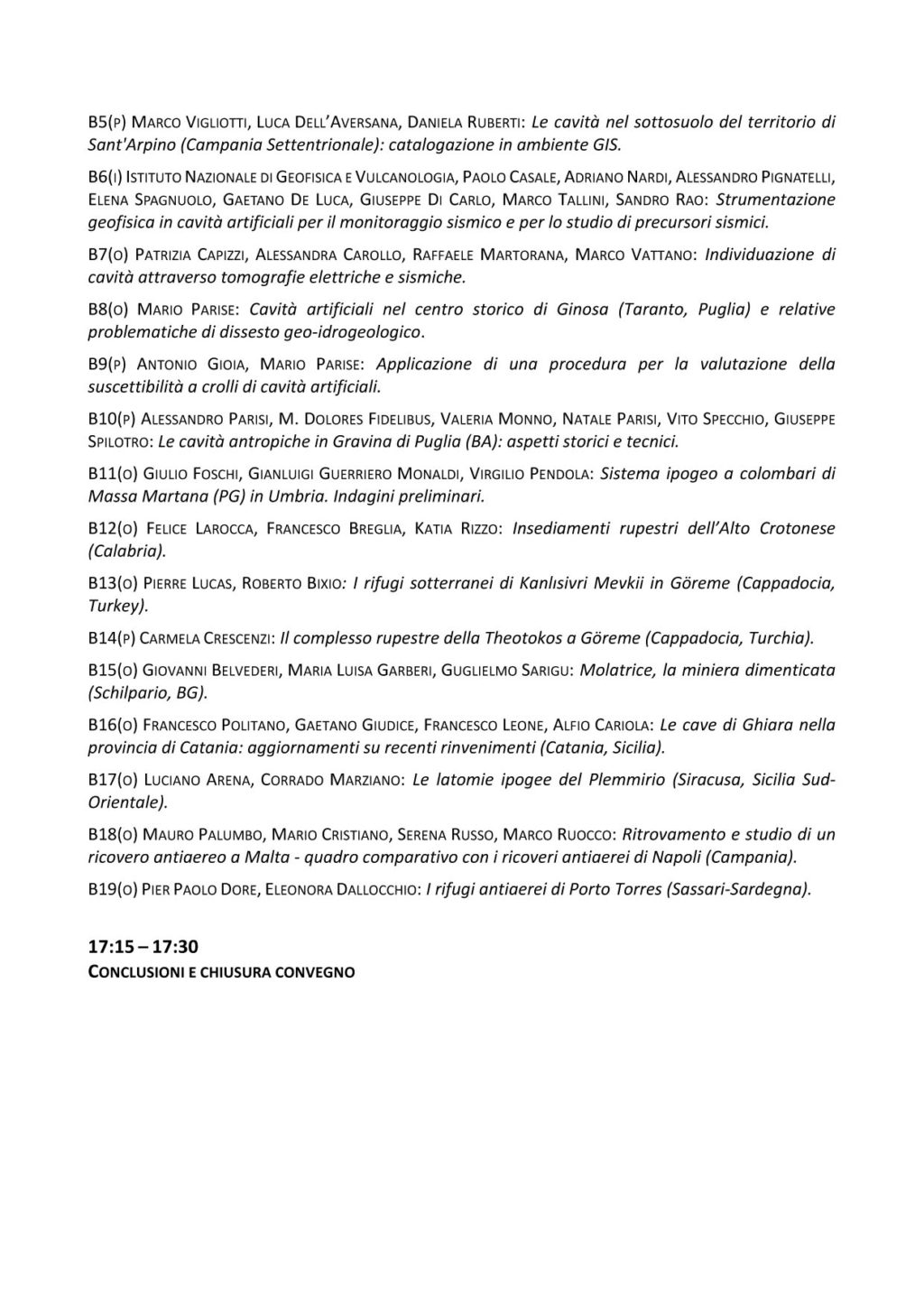
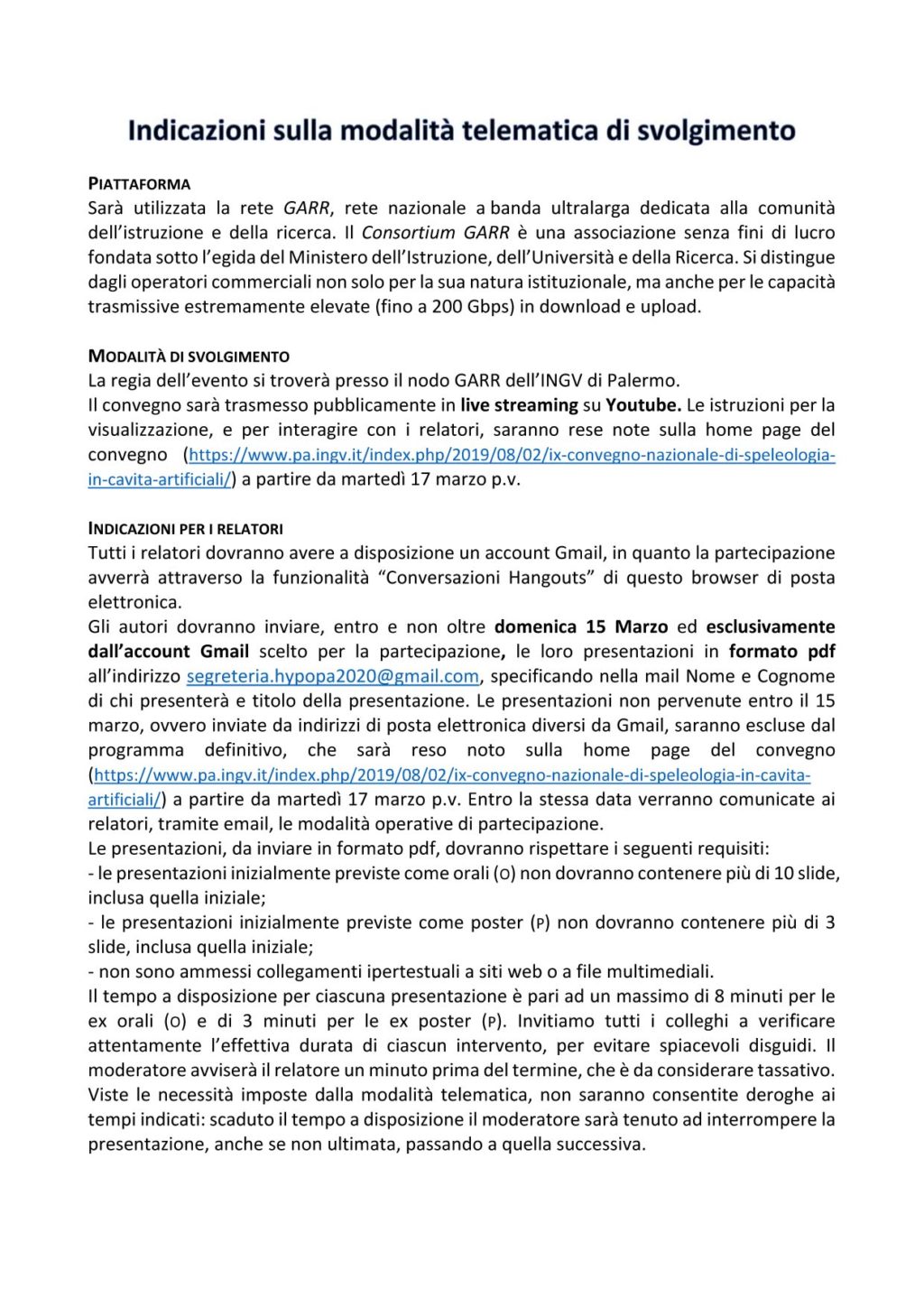
Indirizzo Segreteria Convegno
Sito ufficiale del Convegno https://www.pa.ingv.it/index.php/2019/08/02/ix-convegno-nazionale-di-speleologia-in-cavita-artificiali/
segreteria.hypopa2020@gmail.com
Indirizzo per invio contributi definitivi/Edizione Atti
hypopa2020@gmail.com
Vuoi aiutarci a condividere l’evento? Download and share 😉
LA CRIPTA DEI POLACCHI NELLA GRAVINA DI PETRUSCIO A MOTTOLA (PUGLIA)
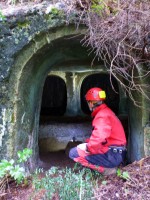
L’agglomerato trogloditico di Petruscio rappresenta uno dei più interessanti esempi del popolamento rupestre della Puglia. Il casalis Petrugii (così nelle fonti medievali) si estende su entrambi gli spalti di quella omonima gravina (Foglio IGM 202 IV NO) che Pietro Parenzan ebbe a definire “Un vero gioiello. Uno spettacolo eccezionale per la Puglia, l’itinerario più bello da visitare a Mottola”.
Il Centro Speleologico dell’Alto Salento di Martina Franca ha effettuato nella Gravina di Petruscio una ricognizione di una grotta-chiesa poco nota, scavata lungo la fiancata est, detta dei Polacchi (n. 265 PU/CA del catasto delle cavità artificiali di Puglia). La cripta è così denominata a seguito di un cospicuo numero di date e nomi incisi dai cattolicissimi militari polacchi. A Mottola (collina a circa 400 m. slm), infatti, durante la Seconda guerra mondiale, era di stanza il 2° Corpo di Armata polacco comandato dal generale Przewlocki Marian Roman (soprannominato “Lewz Mottoli”, ossia “Leone di Mottola”) al quale il sindaco Sebastiano D’Aprile concesse per meriti (gennaio 1946) la cittadinanza onoraria. La cripta, anticipata da un dromos, risulta non finita, priva di affreschi e di presbiterio con triforium, ed è importante per la tecnica di scavo. Presenta tre vani che dovevano costituire tre absidi terminanti con altrettanti altari. Interessante è la grande croce latina a rilievo ricavata tra l’abside sinistra e quella centrale.
Lo stato di conservazione è ottimo e davanti all’ingresso non ci sono crolli. La difficoltà ad individuarla, nonostante la precisa planimetria realizzata a suo tempo da Franco dell’Aquila, era dovuta alla crescita di una foltissima vegetazione, soprattutto rovi, che ne occulta completamente il basso ingresso. Si è provveduto quindi a collocare la targhetta del censimento della Regione Puglia, abbiamo fissato il chiodo del punto GPS, ed effettuato il rilievo planimetrico e la documentazione fotografica della cavità.
Bibliografia: F. Dell’Aquila, L’insediamento rupestre di Petruscio, Bari 1974; P. Parenzan, Petruscio. La Gravina di Mottola. Natura e civiltà rupestre, Galatina 1989; F. Dell’Aquila-A. Messina, Le chiese rupestri di Puglia e Basilicata, Bari 1998, p. 238; P. Lentini, Lungo i sentieri rupestri di Mottola, Mottola 1998, pp. 191-195.
Contributo a cura di Vito Fumarola e Silvio Laddomada (Centro Speleologico dell’Alto Salento)
Congresso Internazionale HYPOGEA 2017
Cappadocia (Turchia), March 6-8, 2017
The first International Congress of Speleology in Artificial Cavities; HYPOGEA 2015 (I) was successfully held in Rome / Italy during March 11-15, 2015. Following this event, the second congress, HYPOGEA 2017 (II) will be held in the magnificent scenario of Cappadocia / Turkey during March 6-10, 2017.
The Congress will be organized by HYPOGEA (Italy) and OBRUK Cave Research Group (Turkey), with the patronages of International Union of Speleology, Balkan Speleological Union, Turkish Federation of Speleology, Istanbul Technical University / EURASIA Institute of Earth Sciences, Paris 8 University, CEKUL; The Foundation for the Protection and Promotion of the Environment and Cultural Heritage, IRPI; Institute of Research for Hydrological Protection of the National Research Council of Italy, Municipality of Nevsehir and Directorate of Nevsehir Museums.
The main goal of HYPOGEA 2017 Congress is to continue the exchange of experiences acquired at the international level in the field of artificial cavities which had begun by HYPOGEA 2015. The sessions of HYPOGEA 2017 Congress will have a strong emphasis on archaeology, archaeometry, promotion of the underground historical and cultural heritage, its safeguard and exploitation, with some plenary lectures and/or invited speeches on those subjects.
The sessions of HYPOGEA 2017 Congress will be focused on four main topics:
– Explorations
During this session the results of new explorations in artificial cavities will be presented. We strongly believe that the opportunity to exchange the information about different explorations of artificial cavities from different areas of world will improve both the collaboration among different teams and the organization of future explorations.
– Cultural and economic importance of the artificial cavities
Underground artificial cavities are of high cultural and economic importance. In Cappadocia, underground structures like Goreme or Derinkuyu receive hundreds of thousand tourists every year, strongly supporting the local economy. Water supply in semi-arid zones is also another important aspect, and in many Mediterranean countries several underground aqueducts from Roman period are still in use.
– Hazards, remediation and rehabilitation
In underground places, the treatment and the preservation of the cultural heritage needs special techniques. In areas where artificial cavities are present, the collapse of underground structures may represent a serious problem. Protection, rehabilitation or remediation?
– Survey, mapping and dating techniques
Detections of unknown underground cavities, survey and mapping techniques are in continuous improvement and will be discussed during the congress. Dating is an important challenge. How is it possible to estimate the age of underground cavities when no artifact, sediment or architectural style is present ?
HYPOGEA 2017 Congress will be held on March 6-8, 2017.
After the Congress there will be several excursions to various underground cities, rock churches, cave dwellings and geologically interesting points of Cappadocia. Also, before and after the Congress there will be excursions in Istanbul.
The important deadlines to contribute to the Congress are:
– Abstract submission: March 10, 2016
– Full paper submission: June 10, 2016
In order to ensure distribution of the proceedings during the Congress, the above deadlines will be strictly maintained.
Deadline for registration is; June 10, 2016 for the contributors and March 1, 2017 for the attendants.
